

How Trützschler utilizes polarization to enable the more efficient processing of cotton providing a cleaner product and reducing rejected material in an effort to reduce waste and be more environmentally friendly.
In 1999, Trützschler started to develop methods to detect and eliminate foreign particles in cotton. Initially, the focus was on relatively easy-to-detect colored parts. To further improve the final product quality, Trützschler expanded its initiatives and investigated detecting and eliminating semi-transparent particles that often have a cotton-like color, which makes them difficult to detect (Figure 2). Trützschler stands for innovations for the benefit of their customers and was able to present a breakthrough system for the detection of such parts at the industry-leading trade fair ITMA in 2007. This milestone was only feasible by using polarization filters in conjunction with an in-house developed 3-CCD camera. The development of this system led to a first contact and further cooperation with ITOS.
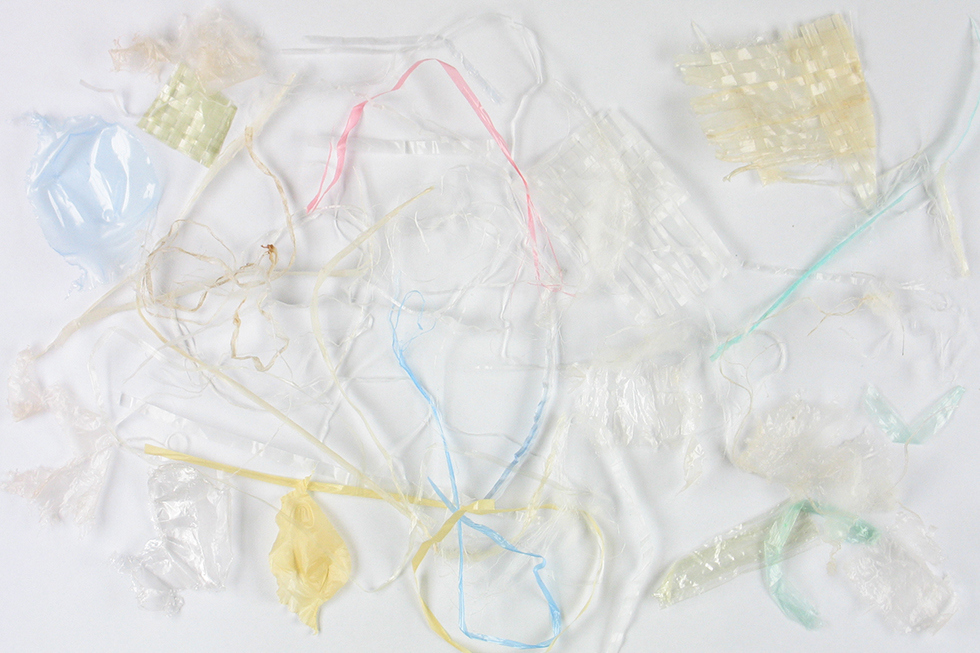
Trützschler’s “foreign part separators” are special devices that detect and extract unwanted parts by scanning cotton tufts. The cotton tufts are transported at approximately 10-12 m/s by an airflow in a rectangular channel from a cotton cleaner to the “cards,” another special machine that helps to prepare the fiber for subsequent processes. To detect all foreign particles, different detection technologies and lighting settings are bundled. In this step of the process, different cameras for color detection are used. UV light allows for the identification of fluorescent contaminants and high-performance LED units permit the detection of particles that are only a few pixels in size. Polarization filters are critical to enable the visibility of films and semi-transparent polypropylene ribbons, often remainders from the cotton bale packaging, and thus allow for detection through color cameras.
When considering the use of polarization filters, Trützschler faced the challenge of finding optical components that can withstand very rough environments. In the difficult conditions of a spinning plant, optical components become dirty very quickly and can be easily scratched and damaged. High temperatures and humidity also result in fast degradation of polarization filters. Further, foreign part separators need to be operated and serviced by operators, which often lack experience in the handling of optical components and systems.
ITOS specializes in the customization of polarizers and developed a production method to glue polarization filters between protective glass. This sounds like a simple process at first, but it is in fact quite an achievement considering the large sizes and high temperature gradients required for cotton inspection. Polarizers are used for the analysis and generation of defined polarization states and, through this functionality, particles and certain states, e.g. striae, become visible and detectable. ITOS CP42N Polarizers provide a high-performance and cost-effective solution for the detection of otherwise invisible parts, thus ITOS was able to solve many of the challenges that Trützschler was facing (Figure 3). The CP42N Polarizer is frequently used in the automotive industry and is one of the standard products offered by ITOS today.
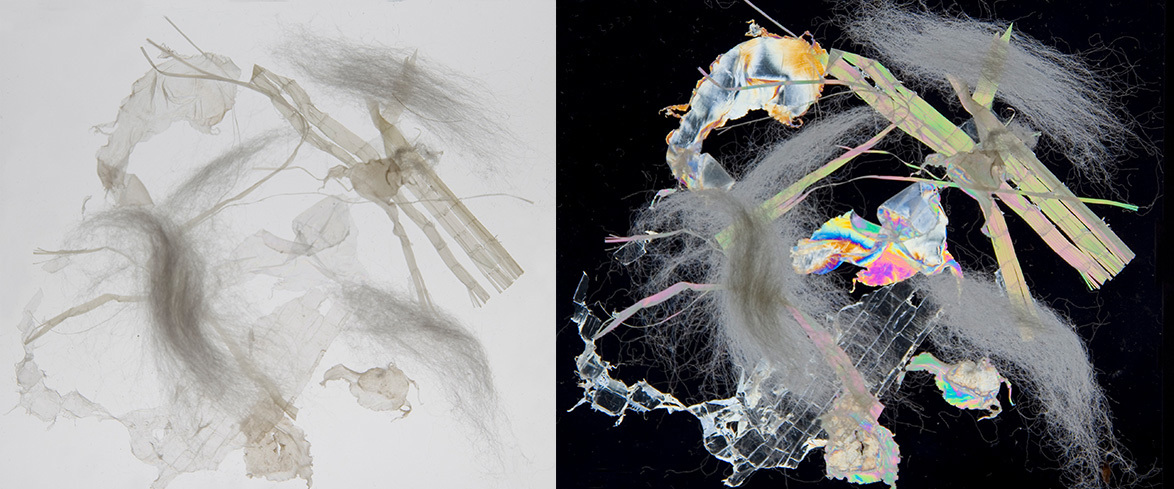
“We at Trützschler very much appreciate working with ITOS and its great people. The positive partnership throughout many years has been characterized by a very open relationship. ITOS always considered special market needs and proactively contributed ideas to optimize its products to eventually improve Trützschler’s systems,” says Guido Engels, product developer at Trützschler, who has been working with ITOS for more than 10 years (Figure 4).

Continuous product development and excellent supply performance, as well as reliability along with a product life span of up to 20 years, are factors Trützschler values when choosing the right partner. The great customer service and strong will to provide solutions, together with the fact that ITOS has been delivering products that always met or exceeded Trützschler’s quality requirements, led to ITOS and Trützschler enjoying a very successful partnership. Horst Grode, Managing Director of ITOS added: “When Trützschler approached us with their request for a filter that withstands harsh environments, we were faced with a challenge and could not fulfil their needs with our existing portfolio. But by applying our long-term expertise and experiences and doing additional research, we were able to develop a new product to meet their requirements. We are very proud to partner with a world leading company like Trützschler and honoured to support them in their success. We also appreciate our open relationship and them engaging us early for new product developments.”
ITOS has been a competent industry partner for optical filter glass and polarization products since 2006. ITOS provides technical support, develops solutions and delivers components that meet the exact requirements of its customers. In 2018, ITOS became a division of Edmund Optics and today ITOS stands for Edmund Optics’ customization services and tailored products in the field of optical filter glass and polarization products out of Germany. Edmund Optics is a leading supplier of optics, imaging, and photonics technology for the Life Sciences, Biomedical, Semiconductor, R&D, and Safety & Security markets around the globe. Edmund Optics designs and manufactures a wide array of multi-element lenses, lens coatings, imaging systems, and opto-mechanical equipment, while supporting OEM applications with volume production of both stock and custom products. Edmund Optics’ state-of-the-art manufacturing capabilities, combined with its global distribution network, has earned it the position of the world’s largest supplier of off-the-shelf optical components.
At Trützschler, everything revolves around fibers. More than 3,000 employees work across their 5 global manufacturing locations to get the best out of every fiber in four product ranges: Spinning, Nonwovens, Man-Made Fibers, and Card Clothing. Trützschler’s machines prepare fibers in the spinning mill for the actual spinning process. In the case of natural fiber preparation such as cotton, where polarizers are used, a mechanical cleaning process removes any remaining plant and foreign parts. Homogenization and dust removal processes are also carried out in the fiber preparation line. The fibers are fed to the “cards” as small tufts. These cards singulate the fibers and form a thumb-thick sliver with parallel fiber structure. These card slivers then form the basis for further processing up to the yarn. Today 90% of the spinning mills are in Asia, primarily in the cotton-growing countries of China, India, Pakistan and Uzbekistan.
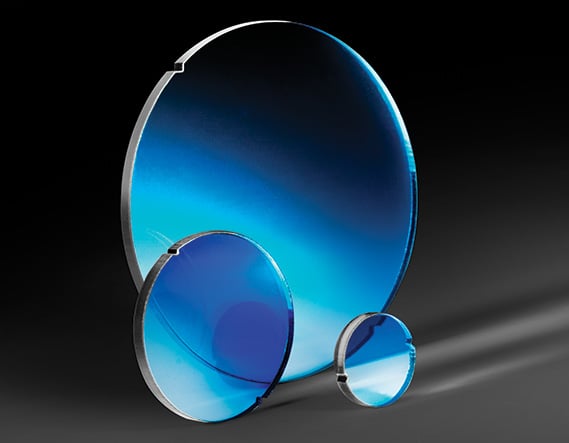

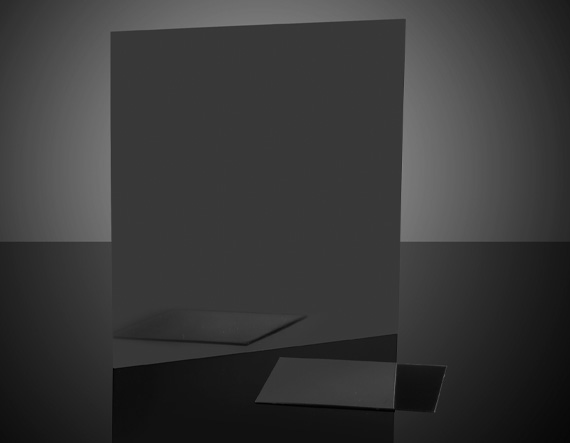

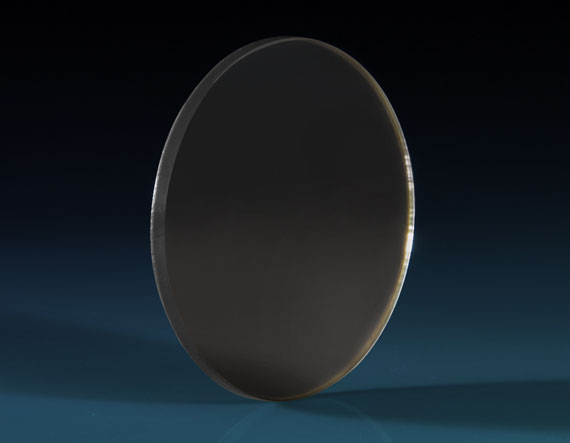

or view regional numbers
QUOTE TOOL
enter stock numbers to begin
Copyright 2024, Edmund Optics Singapore Pte. Ltd, 18 Woodlands Loop #04-00, Singapore 738100
California Consumer Privacy Acts (CCPA): Do Not Sell or Share My Personal Information
California Transparency in Supply Chains Act